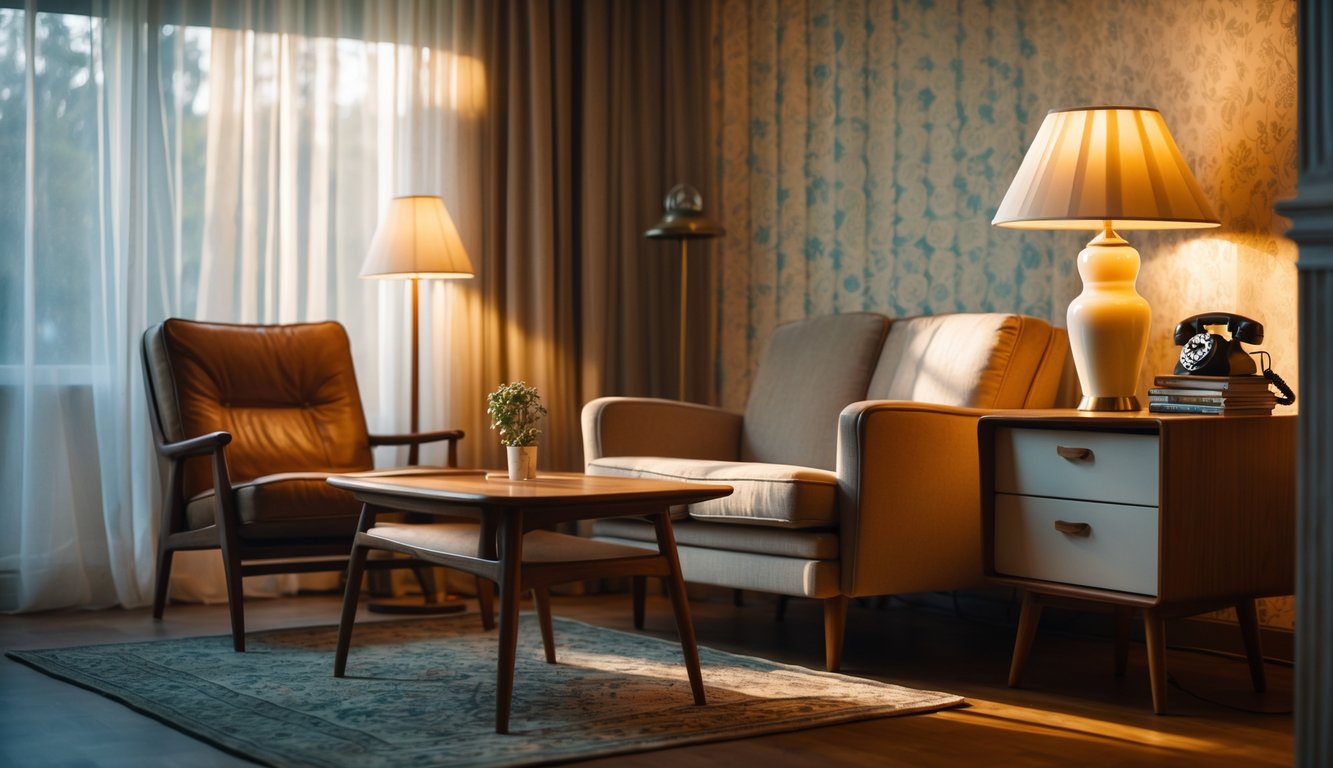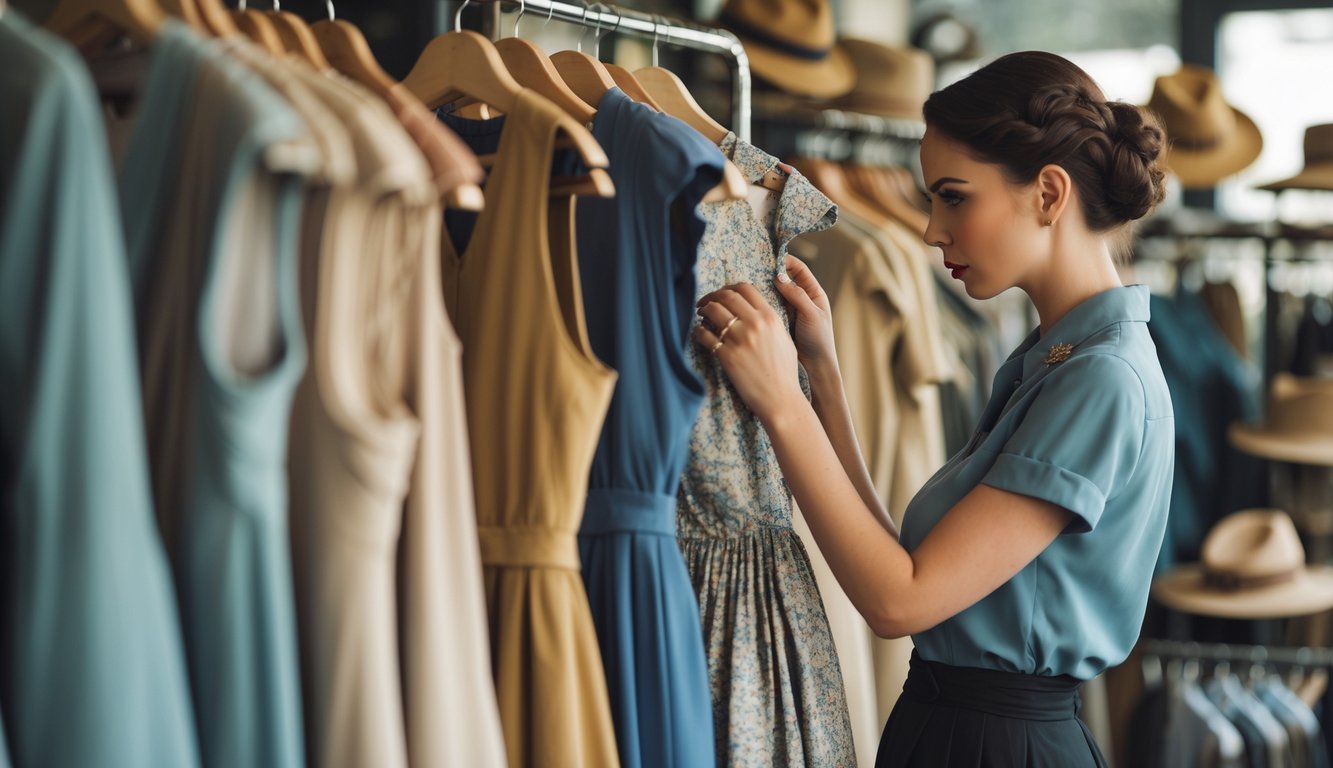
Alright, so here’s the thing that’s been bugging me: why is everyone suddenly obsessed with prairie dresses? My DMs are a mess. Are they worth reselling? No one really knows. Designers, though—they’ve basically declared the floaty, ruffly prairie look is dying off. Like, 2025 could be its funeral unless Rihanna pulls some wild stunt and brings it back. For every influencer gushing about 1970s patchwork, there’s a stylist somewhere quietly stuffing the last calico smock into a back closet. Vogue’s even given up pretending—the prairie trend barely limps down the runway anymore. Honestly, good riddance. Ever tried to steam those sleeves? It’s an endurance sport.
Isn’t it about time, though? My favorite vintage buyer flat-out told me, “I’d rather fill a rack with old Galliano jeans than drag in another oversized Laura Ashley wannabe.” And, yeah, she’s right—trend reports say rare, designer-specific vintage is selling like crazy. Unless you’re deep in some Little House cosplay, maybe it’s time to let the empire waist take a nap. I keep debating whether to ditch my last prairie skirt or just keep it for the nostalgia giggles. Not that I ever make a clean break with anything, let’s be honest.
The Vintage Style Predicted to Disappear

So I’m knee-deep in old magazine piles, scrolling through endless resale listings, and you can just feel it: one classic style is on its last legs. You’ll still spot racks sagging with those 1980s power blazers—shoulder pads so thick they could double as oven mitts—but they’re fading out, almost like everyone’s trying to quietly forget them.
Identifying the Fading Trend
Shoulder pads. People used to call them “timeless.” I mean, really? My dry cleaner doesn’t even bother asking if I want to keep them anymore. I wandered into a few resale shops—nobody’s fighting for those Miami Vice jackets. That Donna Summer disco vibe, with tailoring stiff enough to stand up on its own? It’s just kind of… over.
Jennifer Walters over at Redefine Vintage didn’t sugarcoat it: “We can’t move the eighties excess—the appetite is gone.” No one’s actually going out to dinner in a boxy tweed with two inches of foam on their shoulders unless, maybe, it’s Anna Wintour at a Met Gala. The numbers suck, too—less than 12% of vintage jackets sold on major platforms this year even have big shoulder pads, according to this analysis. These “timeless” pieces are just collecting dust now, which is kind of hilarious.
Why Designers Are Moving On
Designers love to pretend trends are “forever,” but they’re bored. I asked a bunch of new designers, straight off Paris Fashion Week, if they’d ever use those padded power looks. Not a single one wanted to. “Nobody wants to look like their aunt at a bad reunion,” one shrugged.
Now everyone wants streamlined, subtle, wearable. Rachel Lin—she’s been styling since the Olsen twins were relevant—told me her clients want “wearable confidence, not dress-up armor.” Vintage isn’t about icons anymore, it’s about stuff you’ll actually wear. In my circle, if it pairs with Levi’s 501s, a silk slip, or a trench, it’s gone in a second. The loud, overdone 80s stuff? Not so much. Random thought: plain bagels always sell out at my deli. Maybe we’re all just over the drama.
The Evolution of Vintage Aesthetics

Don’t expect some neat timeline here—designers just keep yanking old shapes into weird new ideas. Vintage isn’t about nostalgia, not really. It’s more like a shortcut to avoid boring fast fashion and mash up couture with streetwear in ways that barely make sense.
From Couture Collection to Streetwear
I once hunted for a perfect pleated skirt at midnight in a thrift shop. Didn’t trust anything new. It’s not about sepia-toned memories; it’s about getting revenge on boring clothes. When couture mutates into streetwear, it’s messy—bootlegs everywhere, editors rolling their eyes, hypebeasts lining up anyway.
Dior and Gucci keep raiding their own archives. So what even is “vintage” anymore? Yesterday’s leftovers with a 300% markup? Here’s a close-up: a 1970s Yves Saint Laurent silk shirt, except now it’s “eco-friendly” polyester, which design analysis claims is suddenly cool. Is it, though? Or is it just cheaper for them? Prices go up, but the quality’s a mystery.
I look at runway knockoffs and sneaker drops—who can even tell what’s what? Vintage basketball courts blend into boardrooms, nostalgia everywhere: colors, logos, even the mistakes.
Archival Designs Influencing Modern Tastes
And here’s what bugs me: every “new” thing is just some random archival detail nobody cared about before. Saul Bass fonts on tote bags? It’s not about history, it’s just a cash grab disguised as a “love for craft”—vintage aesthetic trend my foot. If it sells, it sticks, and maybe sometimes it feels real.
Designers post decades-old sketches on Instagram now, because where else? Those old motifs only come back when brands panic about being forgotten, which is, like, always. Is a ‘40s blazer in a new lookbook evolution… or just lazy recycling? I can’t tell.
Pinterest swears patterned wallpaper from 1963 is “revolutionary.” Was it ever? Probably not. People say it’s about “quality,” but if you’ve bought a fake-vintage lamp lately, you know that’s a joke. Still, I kind of love the chaos. Keeps things interesting.